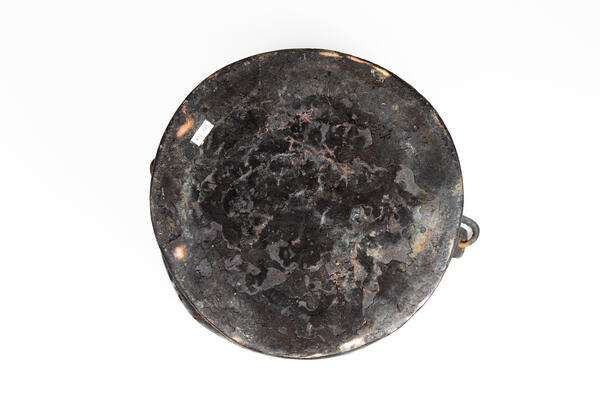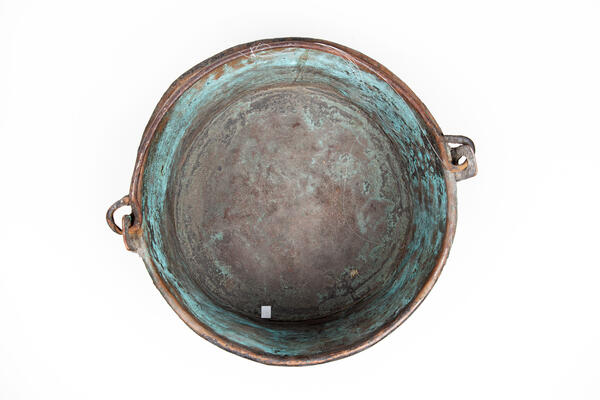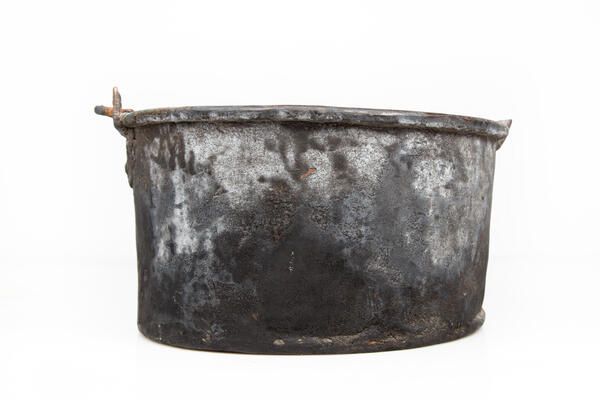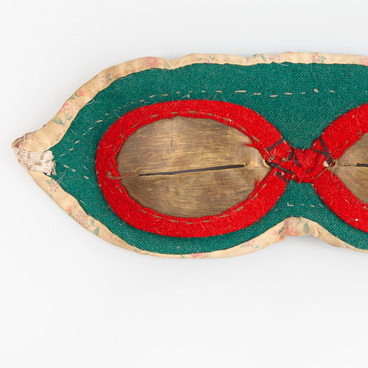The Nenets are a northern nomadic people who often move from place to place with their entire household and a herd of domestic deer. In a foldable Nenets house — a chum — each thing has its own place and purpose, and unnecessary items only make the process of moving more difficult. All tools and utensils in the traditional culture of the Forest Nenets are aimed at cooperation with nature, on which a person in the tundra completely depends. The usefulness of the object for the Nenets was determined by the unity of its symbolic and practical meaning.
The very process of making things, giving them a certain shape, color, and ornamentation is also important. For example, while sewing clothes, women utter an internal monologue or sing a song dedicated to the future owner of the item. In Nenets fairy tales and myths, household items have supernatural powers and abilities. This is also explained by shamanism, the traditional belief of the Nenets, according to which each part of living and inanimate nature has its own spirit. The spirits of things and phenomena are in constant connection with people and influence their life.
Metal tableware began to appear among the Forest Nenets in the 17th century, with the beginning of active commodity exchanges between the indigenous population of the North and Russian settlers. Teapots, cauldrons and spoons became the first objects of the new life. They were made of copper, cast iron or iron; teapots and cauldrons had no lids, but had an arc-shaped handle for hanging over a fire. Almost every Nenets family had a cauldron — it was protected and treated with respect. A burning hearth in a dwelling and a cauldron full of meat or fish on the fire were a symbol of the family’s stability and prosperity. If people “boiled the cauldron” in the evening, it meant that they lived the day well and had food.
Cauldrons came in the form of a round basin with a wide flat bottom and low sides. The Forest Nenets had preserved traditional sets of household utensils until the late 1930s. Gradually, wooden dishes began to go out of use. Modern Nenets use enameled and plastic containers. Traditional scoops have been replaced with ladles, and wooden spoons have been replaced by metal ones. Instead of copper kettles and cauldrons, enameled buckets and thermoses are now used.
The very process of making things, giving them a certain shape, color, and ornamentation is also important. For example, while sewing clothes, women utter an internal monologue or sing a song dedicated to the future owner of the item. In Nenets fairy tales and myths, household items have supernatural powers and abilities. This is also explained by shamanism, the traditional belief of the Nenets, according to which each part of living and inanimate nature has its own spirit. The spirits of things and phenomena are in constant connection with people and influence their life.
Metal tableware began to appear among the Forest Nenets in the 17th century, with the beginning of active commodity exchanges between the indigenous population of the North and Russian settlers. Teapots, cauldrons and spoons became the first objects of the new life. They were made of copper, cast iron or iron; teapots and cauldrons had no lids, but had an arc-shaped handle for hanging over a fire. Almost every Nenets family had a cauldron — it was protected and treated with respect. A burning hearth in a dwelling and a cauldron full of meat or fish on the fire were a symbol of the family’s stability and prosperity. If people “boiled the cauldron” in the evening, it meant that they lived the day well and had food.
Cauldrons came in the form of a round basin with a wide flat bottom and low sides. The Forest Nenets had preserved traditional sets of household utensils until the late 1930s. Gradually, wooden dishes began to go out of use. Modern Nenets use enameled and plastic containers. Traditional scoops have been replaced with ladles, and wooden spoons have been replaced by metal ones. Instead of copper kettles and cauldrons, enameled buckets and thermoses are now used.





